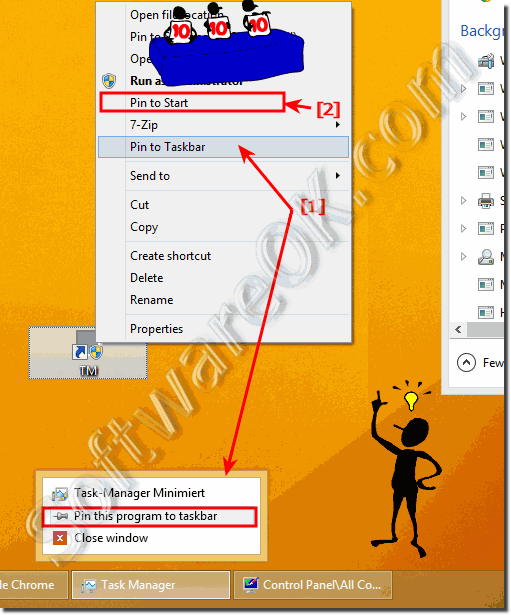

However, security bugs can cause a breach in this security patch allowing sites to interchange data and communication. Any website cannot access data of another website logged in to the same browser. Site Isolation is an added security feature added in Chrome web browser to prevent harmful damages caused by security bugs on different websites. The order can be reversed to ascending by clicking on that particular column heading again. Therefore, the processes using the maximum memory would be on top, going down to the process using the least memory mentioned in the end.

For example, when you click on any of the column heads, for example, Memory Footprint, the order of that column would change to descending one. Once selected, the resource column would appear for every process running on that particular session on the Chrome web browser.Īlso, you can sort the order in which processes are columned up on the Chrome Task Manager. For example, let’s choose JavaScript Memory. To view other resources on the Task Manager window, just select them. The tasks with the check-marks ahead of them are the ones that are visible on the Chrome Task Manager. The side column appearing next lists all the resources a tab is using. To view which of the resources the tabs or other process running on the Chrome web browser are using, just right-click anywhere on the Chrome Task Manager. This includes your GPU memory, RAM, and CPU Time. The processes on the Chrome web browser use several system resources to run. Just left-click on the extension and click on End Process.ģ. If you feel any of these extensions is taking up your browser speed, you can end it just like you stop the processes above. Here you can see what extensions are running on the browser and decide which one is necessary for your session.

When you scroll down to the last of the few options in the in-built task manager of the Chrome web browser, you’ll see all the extensions you’ve added to Chrome. Manage Chrome Extensions via Chrome Task Manager Once the process is killed, the tab would stop loading the site at that very moment and would only start if you reload it. For example, here, the LinkedIn tab is unnecessarily using the system memory, and I have no need for it. To end the processes associated with these tabs, just left-click on the particular tab/extension and then click on End Process. These tabs slow down the browsing speeds and hamper your session with browser crashes and slower loading speeds every new webpage. You can manage these tabs and the associated processes using Chrome Task Manager. There are tabs that you open up while working but then don’t use them for the entire browser session. Control and Manage Chrome Extensions and Browser Processes Using Chrome Task Manager 1. Makes everything on the page smaller.Ĭtrl+0 Returns everything on the page to normal size.Let’s learn how you can control the Chrome Web Browser using the in-built Chrome Task Manager. Enlarges everything on the page.Ĭtrl and -, or press Ctrl and scroll your mousewheel down. Press F11 again to exit full-screen.Ĭtrl and +, or press Ctrl and scroll your mousewheel up. Type a search term after the question mark to perform a search using your default search engine.Ĭtrl+G or Enter Finds the next match for your input in the find bar.Ĭtrl+Shift+G or Shift+Enter Finds the previous match for your input in the find bar.Ĭtrl+U Opens the source of your current page.ĭrag a link to bookmarks bar Saves the link as a bookmark.Ĭtrl+D Saves your current webpage as a bookmark.į11 Opens your page in full-screen mode. Closes the tab you clicked.Īlt+F Opens the Tools menu, which lets you customize and control settings in Google Chrome.Ĭtrl+Shift+B Toggles the bookmarks bar on and off.Ĭtrl+K or Ctrl+E Places a ‘?’ in the address bar. Google Chrome remembers the last 10 tabs you’ve closed.Ĭtrl+1 through Ctrl+8 Switches to the tab at the specified position number on the tab strip.Ĭtrl+Tab or Ctrl+PgDown Switches to the next tab.Ĭtrl+Shift+Tab or Ctrl+PgUp Switches to the previous tab.Ĭtrl+W or Ctrl+F4 Closes the current tab or pop-up.Ĭlick a tab with your middle mouse button (or mousewheel). Opens the link in a new tab and switches to the newly opened tab.Ĭtrl+Shift+T Reopens the last tab you’ve closed. Or press Shift and click a link with your middle mouse button (or mousewheel). Opens the link in a new tab in the background. Or click a link with your middle mouse button (or mousewheel). Here are a list of commonly used shortcuts: Keyboard shortcuts of Chrome can make it easier to control the browser and save our time.


 0 kommentar(er)
0 kommentar(er)
